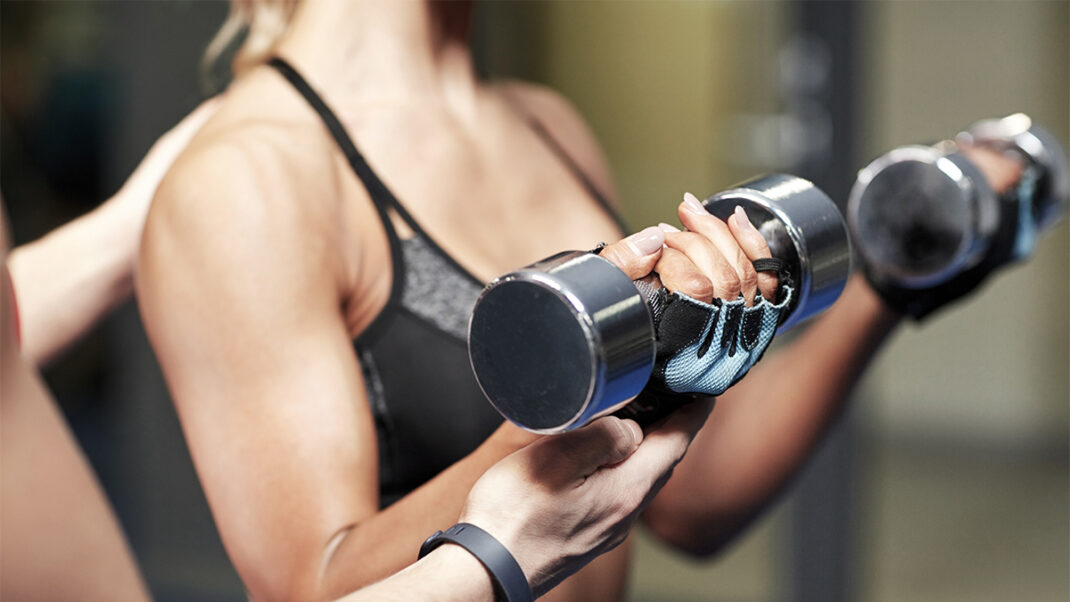Pilates Equipment Liability and Safety, Part 2
Pilates continues to be among the fastest-growing exercise trends in the United States. All signs indicate that the Pilates fire will continue to spread. Typically, Pilates is practiced under a qualified instructor’s close supervision, and this has helped limit the number of Pilates-related accidents. However, like every other exercise activity, Pilates has risks, and claims have been filed against professionals who teach it. As long as participation continues to grow, so does Pilates professionals’ risk of litigation.
This article provides general information on how to protect your Pilates business from lawsuits and how to manage risk. It is not intended to be legal advice and should not be considered a substitute for legal counsel or other professional services. If expert advice is required, please consult your legal counsel or other qualified professionals.
Practical Risk Management Tips
According to insurance providers, the second leading reason for claims against trainers is injury resulting from equipment use—and case law is growing. No cases on the books specifically involve Pilates equipment. Nonetheless, existing exercise-equipment case law does highlight potential issues and provide guidelines on how to minimize liability. Equipment manufacturers, studio and facility owners and managers, and trainers can use these guidelines to protect themselves. The existing cases are based on legal theories from tort law that indicate that a personal trainer’s duty or standard of care is to take reasonable precautions to ensure that a client does not suffer injury. If a trainer fails to take such precautions, based on an evaluation of facts surrounding an incident, the trainer could be considered negligent and therefore liable or responsible.
The following practical risk management tips are based on case findings, legal analysis and insight from experienced practitioners. Words of wisdom from industry leaders are valuable because most cases are likely to be settled monetarily before being resolved in court. Litigation is expensive and time-consuming and results in negative public relations, even if the court eventually finds the studio, facility or trainer not legally liable.
Number of Potential Defendants
Injured parties are naming more and more industry professionals as defendants in lawsuits. For example, in the event of an equipment-related accident or injury, people have sued manufacturers, designers, third-party equipment installers, facilities, owners, managers and trainers.
Tips: If you work with exercise equipment, anticipate that you may be sued. Protect yourself by following safety guidelines and industry standards and being proactive about risk management.
Manufacturers and Designers
If a person is injured while using a piece of exercise equipment and the product is found defective in manufacture or design, a court may decide that the manufacturer is liable. A court may also find the equipment designer liable for design defects resulting in inherently unsafe equipment and leading to client injury.
Tips: Work only with reputable companies. Research companies before doing business with them. Ask about safety records, past litigation and accidents, and liability insurance coverage. Also ask about specific design enhancements made to improve equipment safety. For example, certain Pilates equipment manufacturers have added features such as nonskid surfaces, padded foot bars and standing platforms to reduce the risk of accidents. Lindsay G. Merrithew, president and CEO of STOTT PILATES®, a subsidiary of Merrithew Corporation, in Toronto, says, "We created the Group SPX Reformer specifically with clubs’ needs and safety issues in mind. It’s lightweight and stackable, making it safer and easier to lift and store. We always recommend that a minimum of two people stack the Group SPX Reformers six high on a floor, or five high on a rolling base."
Equipment Assembly and Installation
Injured parties have filed lawsuits based on claims that equipment was not properly assembled or installed. In case studies, courts have found facility owners liable for client injuries caused by using equipment that was incorrectly assembled or installed by facility employees.
Tips: Inspect all new pieces of equipment upon receipt to confirm that everything is in order. Use experienced equipment professionals for assembly and installation. Document that equipment has been inspected, assembled and installed per manufacturer instructions. Before any clients use new equipment, perform and document a test on the equipment to make sure that everything is working properly. Do not allow clients to discover assembly or installation errors.
If you purchase used equipment, inspect it even more carefully. Ken Endelman, founder and chief executive officer (CEO) of Balanced Body recommends," First, look for any signs of abuse. For example, if a machine has been dropped, it could have a hairline crack or loose joint. Warranties are generally not transferable, so it’s important to make sure that there are no structural problems. Also evaluate who is selling the equipment. If it’s an experienced studio or teacher, chances are good that the equipment has been maintained properly. Make sure that all of the bolts are tight, and, for an extra measure of safety, replace the springs."
Equipment Layout and Lighting
Clients have successfully won lawsuits in which the court found that injury occurred because weight training equipment was placed too close to other equipment to be safe. In these cases, a client typically is bumped while performing an exercise, loses control and sustains an injury.
Tips: Michael Arbuckle—director of operations at the Pilates Center of Austin in Austin, Texas—recommends a minimum of 30 inches between reformers to avoid bumps. In addition, he cautions against placing equipment with pole systems too close to mirrors and encourages using safety glass in the mirrors.
Endelman recommends at least a 6-foot diameter of space, centered at the foot end of the reformer, to avoid injuries related to people kicking each other. Not as much space is necessary at the top end of the reformer. Successful spatial arrangements include staggering reformers and placing them in a wedge shape.
Endelman also advises that trap tables not be placed too close to mirrors or windows and suggests the use of full-spectrum lighting. Lighting can be a safety issue if lack of sufficient illumination causes an injury. Endelman recommends full-spectrum light primarily as a comfort issue but believes that it does provide better-quality illumination.
Merrithew agrees with Arbuckle and Endelman on the importance of layout: "Many studio owners try to fit as much equipment as possible in a small space, but you don’t want to learn about liability the hard way." STOTT PILATES provides a studio kit to help with spatial planning (available at www.stottpilates.com/planit), although it does not offer specific guidelines on distances between pieces of equipment.
Equipment Storage
Although no case study involves an accident due to lack of appropriate equipment storage, Pilates clients have injured themselves in studios by falling over equipment not put back in its proper place. Another potential source of liability related to equipment storage is unsupervised clients who gain access to equipment, misuse it and injure themselves.
Tips: Establishing storage policies and procedures before any equipment is purchased may prevent such injuries and risk exposure. If using portable equipment, staff must be trained on how to move and store it safely.
"When planning, many new studio owners forget to consider the importance of the right kind of storage," notes Arbuckle. If you intend to use balls, rollers, poles and other loose pieces of equipment, plan specific storage places in your workout area so items are not left lying where people can trip over them and fall.
"If you store your Pilates equipment in an area that cannot be locked and is not visible to the front desk, find a way to lock it or make it unusable," says Christine Romani-Ruby, MPT, ATC, co-founder and CEO of PowerHouse Pilates in Pittsburgh. "For example, take springs off the chair and put them in the office, or lock stacks of reformers so they cannot be unstacked. If you use portable reformers, choose ones that can be set up on one end rather than stacked: Because they are easier for instructors to pull out for class, there is less risk of injury. If you do stack reformers, get the lightest reformers you can find and do not stack more than five; the pile would be too high for ergonomic lifting. Furthermore, never expect staff to move wooden equipment on a regular basis; it is too awkward and heavy and will result in a staff injury or damage to the equipment." Julie Lobdell, CEO and president of Peak Pilates, based in Boulder, Colorado, says, "Safety is always a high priority for us. Peak Pilates introduced the Peak PilateSystem™, which is the only foldable, multiuse and portable piece of Pilates equipment. It only requires 30 pounds of effort and can easily be folded by just one person."
Safety Consciousness Is Key
With a commitment to safety education and comprehensive training for staff and proactive risk management, Pilates professionals can continue to protect clients from injury as the Pilates market continues growing. With a team effort among Pilates professionals and a shared consciousness toward protecting the respect for quality and results that Pilates currently enjoys, we can maintain this strong reputation.





